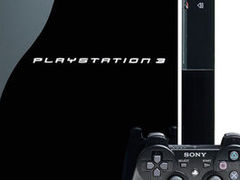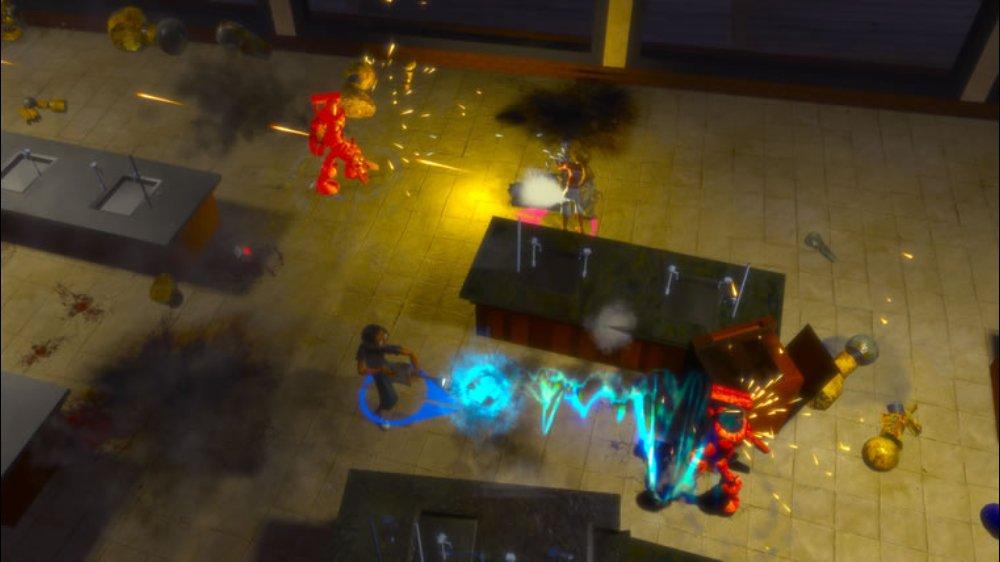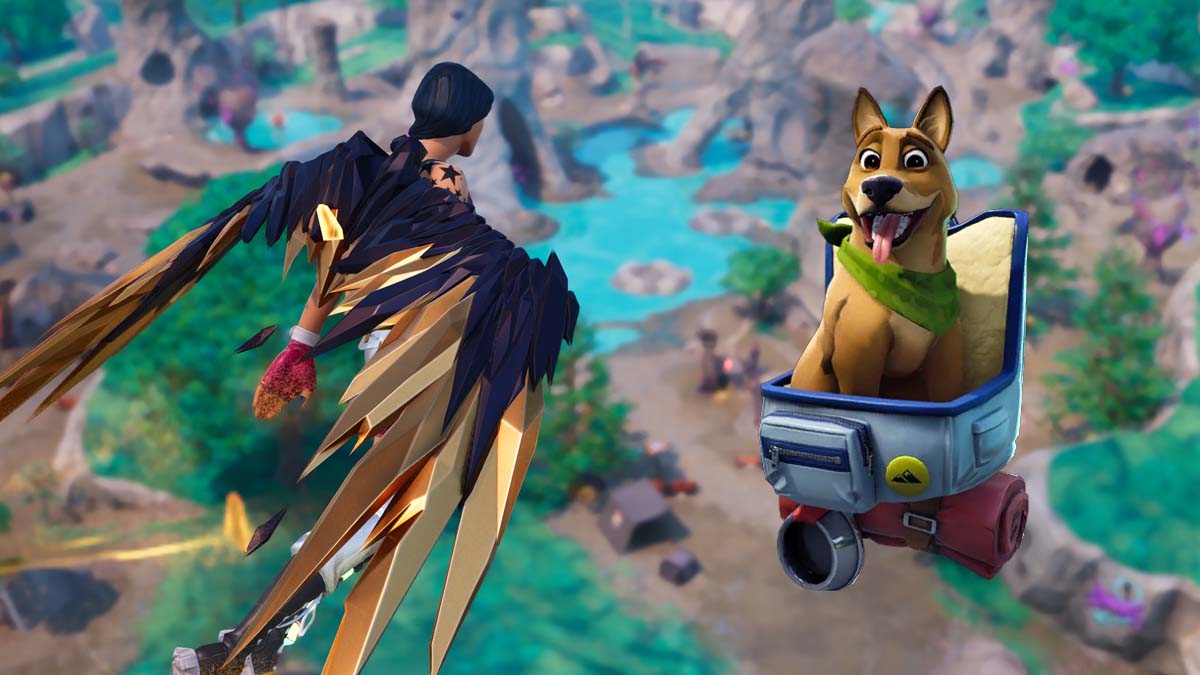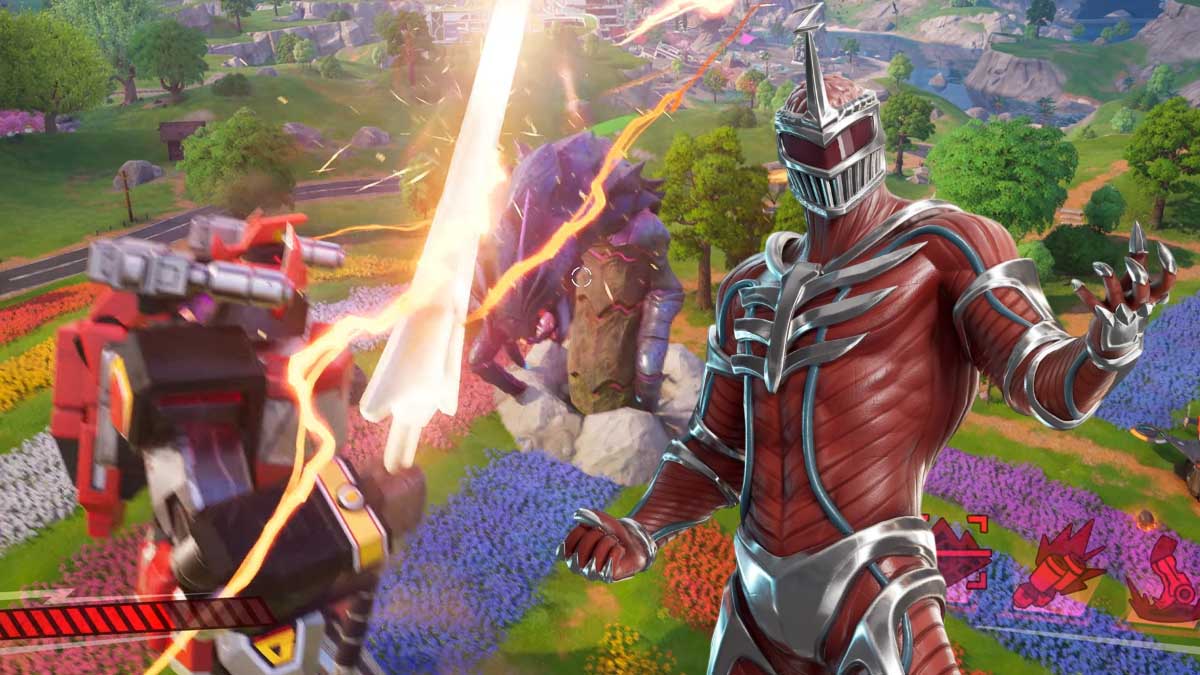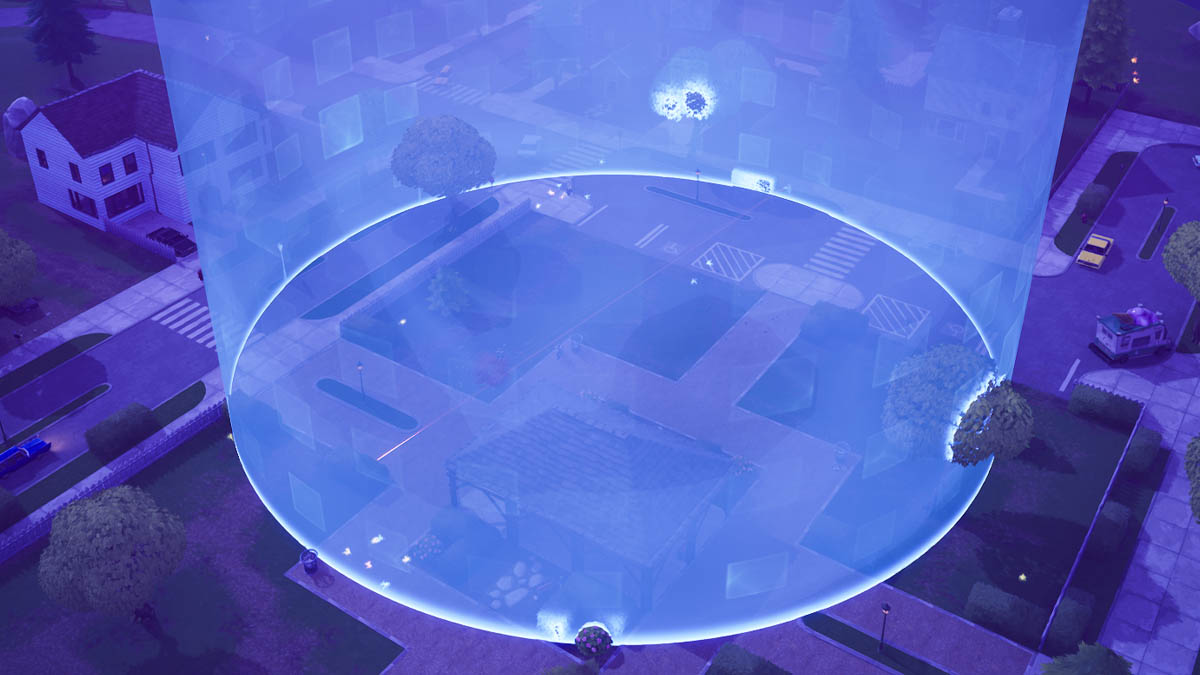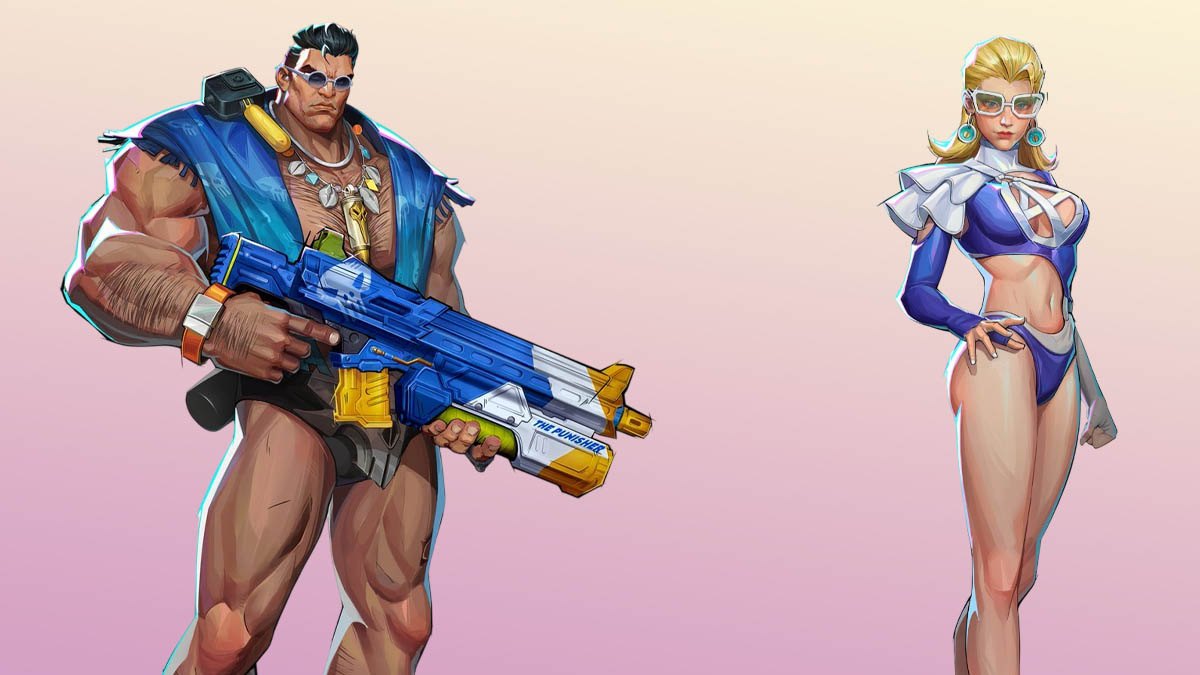You can trust VideoGamer. Our team of gaming experts spend hours testing and reviewing the latest games, to ensure you're reading the most comprehensive guide possible. Rest assured, all imagery and advice is unique and original. Check out how we test and review games here
The PS3’s 256MB of memory, half that of the Xbox 360, is the biggest challenge developers face when making games on Sony’s console, Monster Madness producer Lee Perez has told VideoGamer.com.
Perez, who has worked closely on the development of Monster Madness and upcoming DS game Ninja Town, said that while the PS3 has half the memory of the 360, its Cell processor can in theory allow developers to “offset” those problems.
Speaking specifically about the unique challenges PS3 development presents, Perez said: “The biggest thing is the memory. The PS3 only has 256 megs of memory. The 360 has 512 so you have twice the memory when you load a level. Now the offset to that is the Cell processor, so if you understand and your engine can understand how to use the multiple cores in tandem you can offset that. Theoretically you can do a lot more, especially if you have a lot of physics objects because it’s very math intensive, not memory intensive. So finding that sweet spot where your game does well in both and it takes advantage of its individual skills is tough.”
Monster Madness: Battle for Suburbia, which is built using the Unreal Engine 3, was originally released on Xbox 360 and PC in June 2007. A PS3 version, Monster Madness: Grave Danger, is set for release in Europe in September and promises to improve upon many of the problems of the original game.
Perez said that while the PS3 had allowed developer Psyonix Studios to “up some of the textures” for the PS3 version of Monster Madness, and that updates to the Unreal Engine 3 in the past year have “made working on both platforms a lot easier”, porting the game to the PS3 proved challenging.
“It was originally designed for the 360 which has double the memory so we had a lot of other objects and things going on,” he said. “And then we had to force it to work with half the memory. In hindsight that wasn’t taken into account. So a lot of retooling in the engine and how those objects are handled had to be done in order to work.”
Perez, however, said that while the 360 enjoys double the memory of the PS3, it suffers from a lack of a hard drive. “On the reverse the other advantage the PS3 has is the hard drive. Everyone has a hard drive. So you can do the hard drive game install so you have a permanent cache of games. You can kind of do that with the 360 but it’s only a temporary cache. You can’t permanently save stuff to the hard drive. So you don’t get any long term benefits of loading the levels. That’s why in GTA it doesn’t have that texture pop and the rendering pop the 360 does. But the 360 since it has double the memory you don’t get as much slowdown sometimes. So it’s a wash at the end almost.”
He added: “That’s why some people think if Microsoft and Sony got to together and made one console it would be the ultimate utopia. But that’s far-fetched.”
Update: We believe Lee Perez is talking about the PlayStation 3’s GPU, which has access to 256 MB GDDR3 RAM, not the system’s combined 512 MB RAM. In contrast the Xbox 360 features 512 MB GDDR3 RAM shared by the CPU and GPU. We’ve contacted publisher SouthPeak Games for clarification.
Monster Madness: Grave Danger is set for release in Europe in September 2008.
